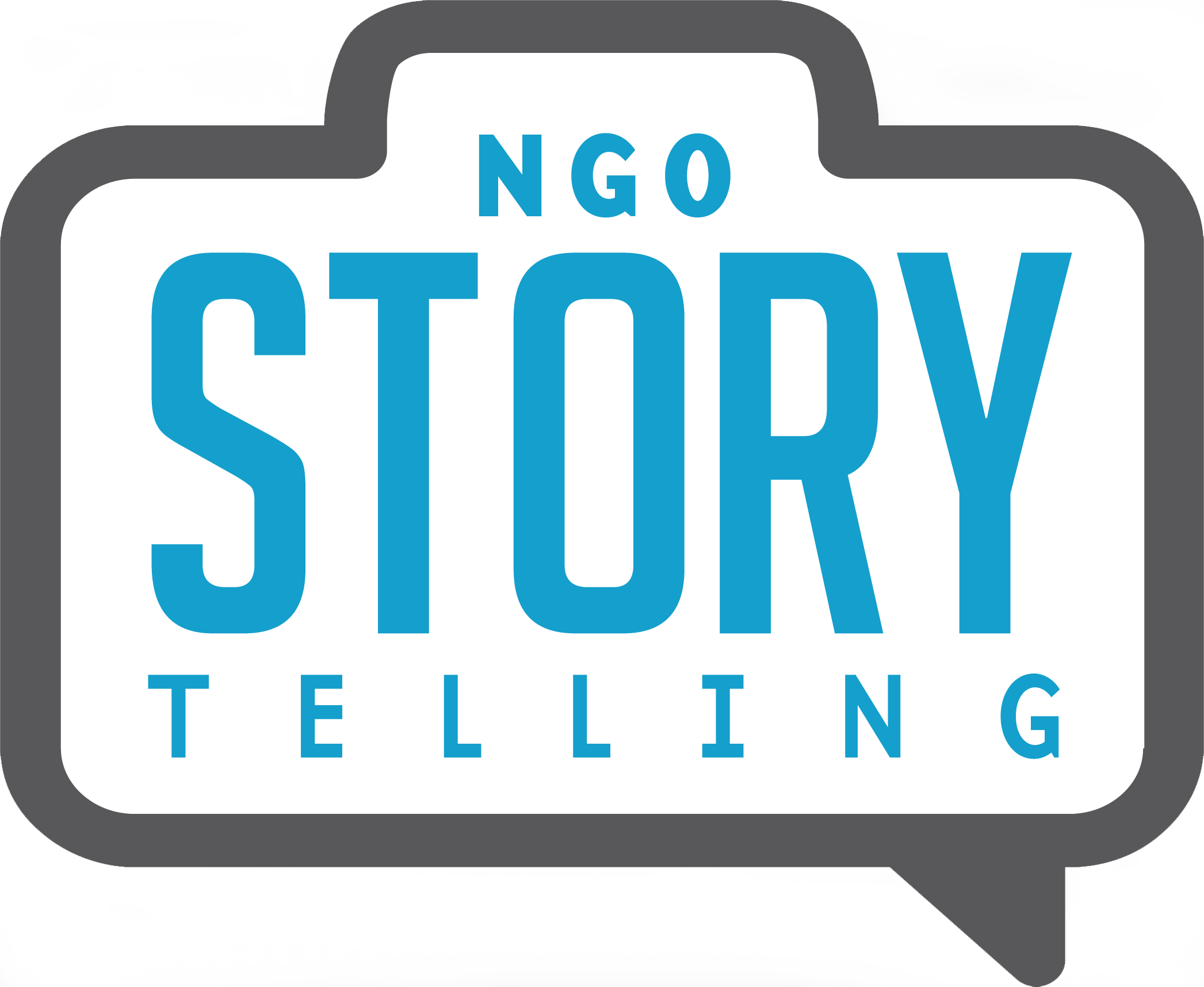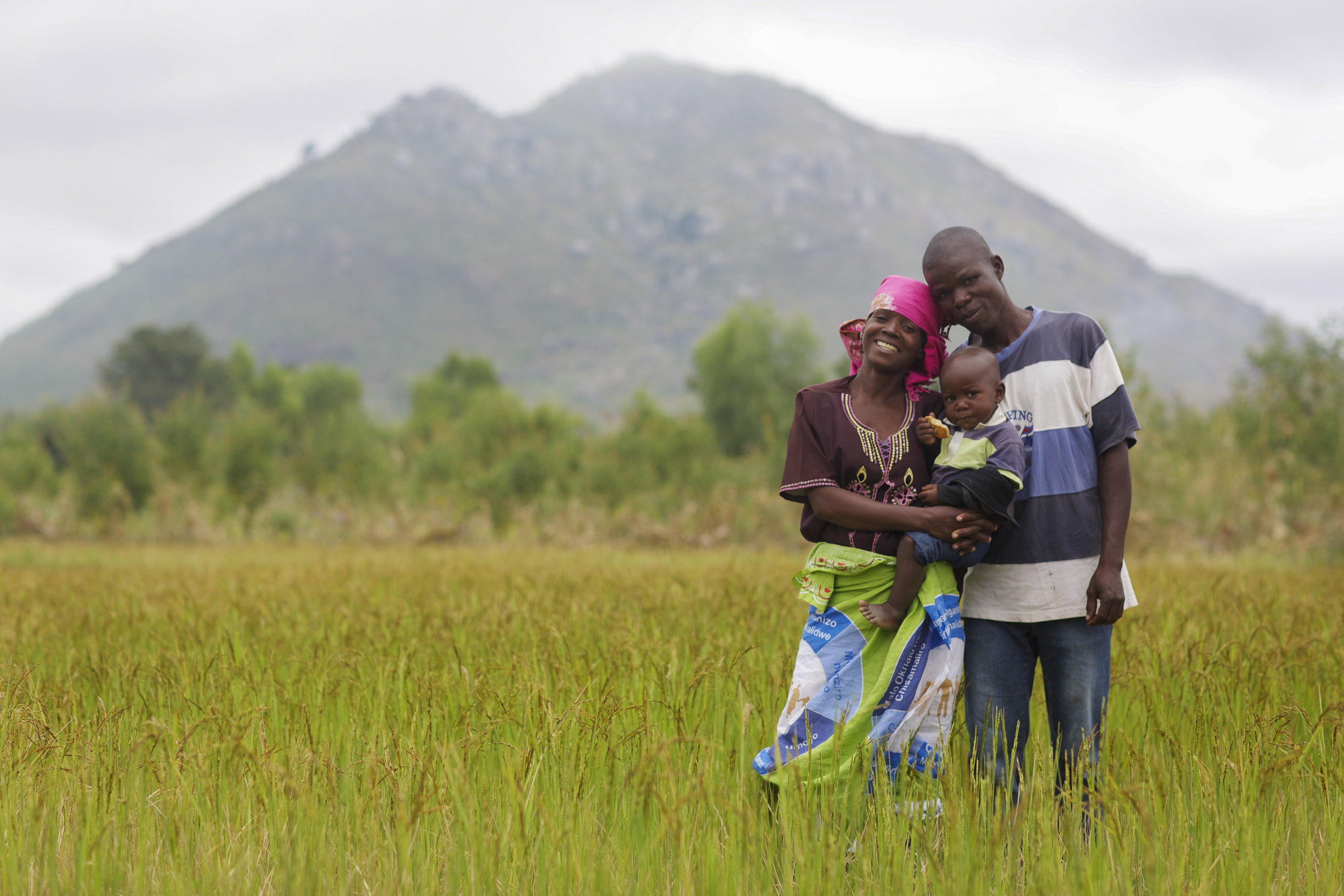How to Create Dignified Photography for Your Nonprofit
This is a guest post by Sara Fajardo, who is a multimedia storyteller based out of Lima, Peru. When she first started photographing she was so shy all she could muster at a kiddie caper parade were images of people’s backs. She now travels the world documenting people’s lives.
As NGO storytellers we are regularly sent to capture the lives of people living below the poverty line— of people who might eat no more than one meal a day or wear bare thin clothes. It is easy to capture the symptoms of poverty. It is a far greater challenge to capture the dignity with which people lead their lives.
Every community has its characters: the person who grows the biggest squashes, the trickster that can make the town cynic roar with laughter, the mother who makes each of her children feel like they’re her favorite. Donors would much rather “meet” someone they can relate to on a deeper level than someone whose poverty feels so foreign they help out of pity.
When I go on assignment I look for what is unique and lovable about the people I meet and then I work to share these attributes through my images. This is how I do it:
Ask Yourself What if This Were My Family?
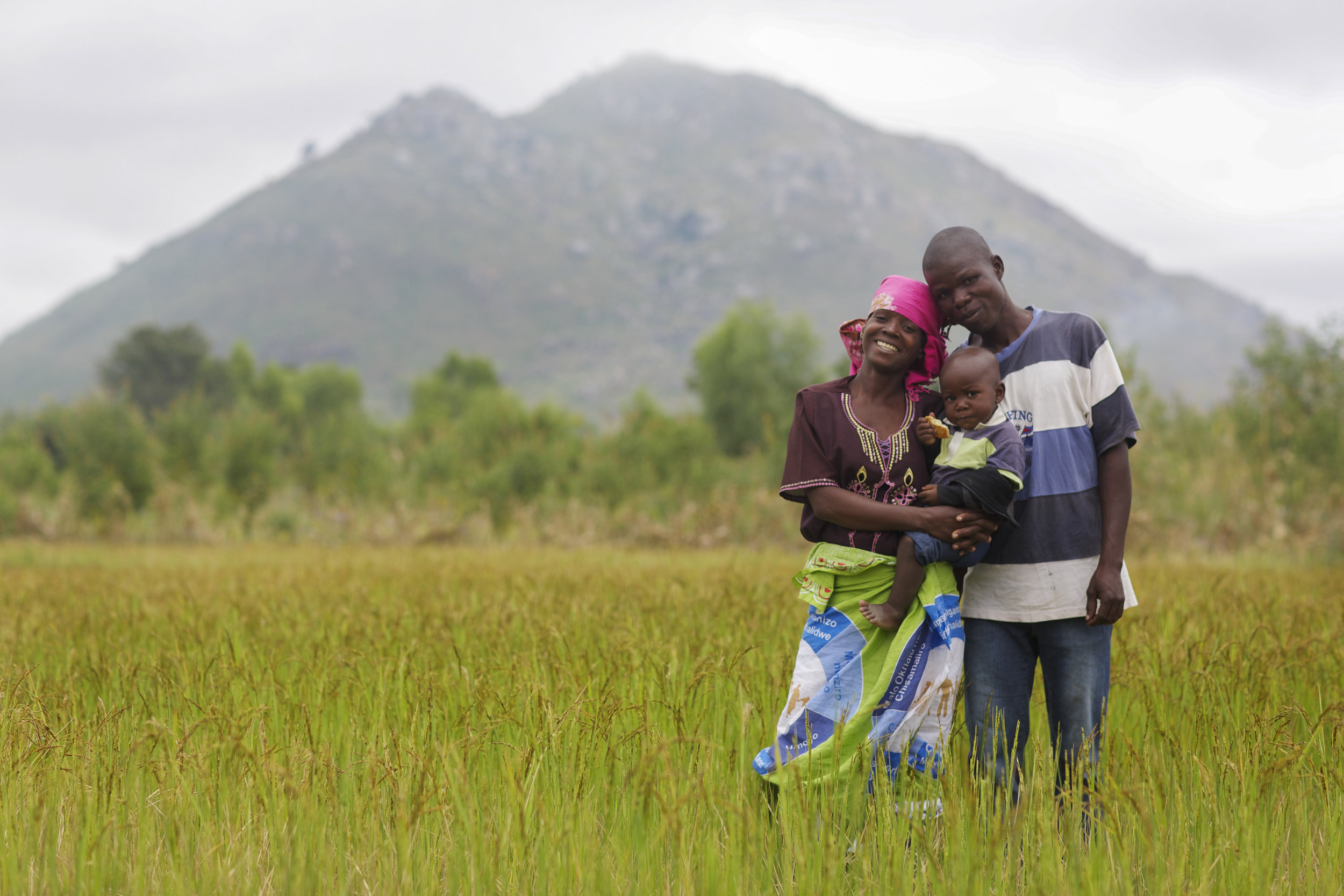
When I first started photographing I’d ask myself how I would want to be treated if I was on the other side of the lens. On every assignment I strive to treat people with the same respect I would my family. When capturing moments I follow journalistic ethics. I never ask people to stage or re-enact for the camera as I feel that it breaks the natural flow and makes people too aware of the camera.
When I take portraits I ask people how they want to be photographed. More than once I’ve had someone pull in an animal such as a prized cow or chicken that they proudly purchased with money earned as a result of the project.
If a person asks to change outfits or pull their hair back I give them the time to do so. I believe this gives people a sense of autonomy and a comfort that shows in the portraits we create together.
Make People Feel Their Importance
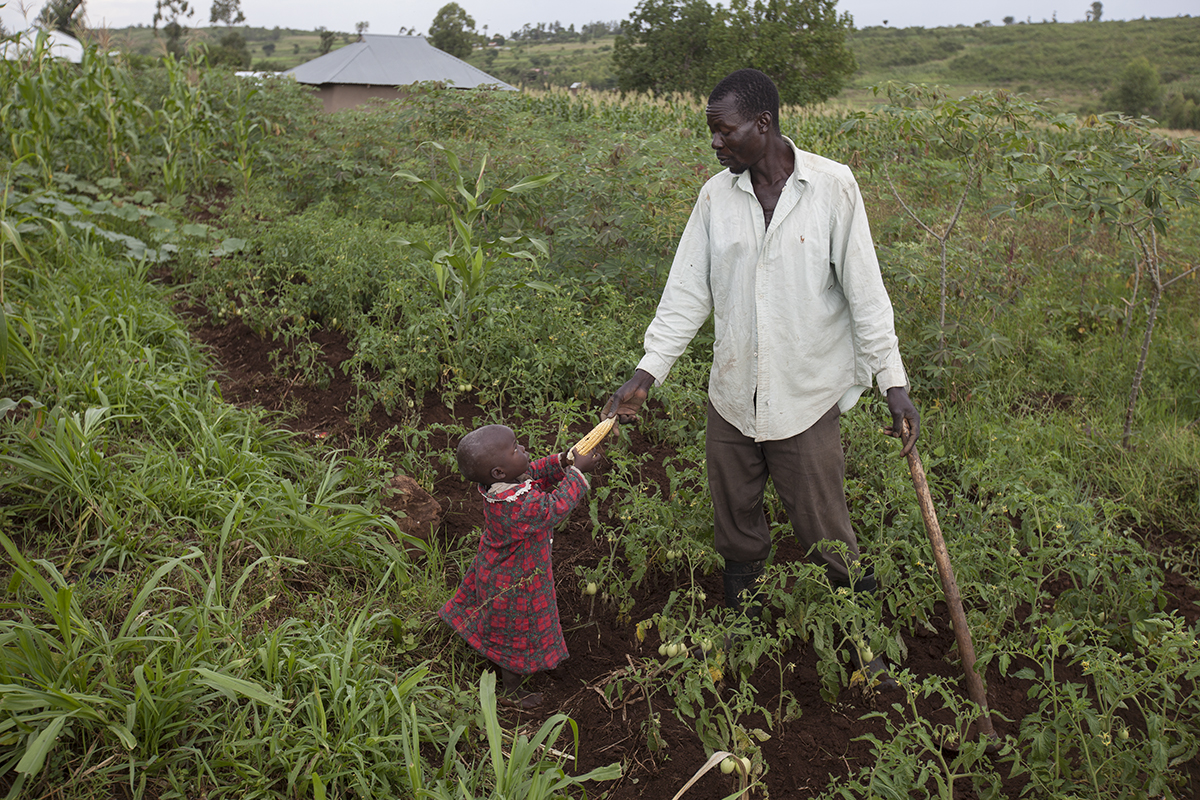
The biggest gifts we can give to the people we photograph is that of time and complete attention. I want everyone whose picture I take to feel that they are the most important person in the world to me for the time that we are together. I arrive looking for connection and prepare myself to be completely open so that those who I photograph feel at ease.
This often means arriving early with my camera gear tucked away. I introduce myself and rely on the power of body language to bridge any language divides. I play with their children and share photos of my own. I drink the tea they offer. I poke fun at myself and smile readily.
My camera only comes out after I’ve established a sense of trust and made sure that all involved, even the youngest, are comfortable with my telling their stories. Throughout the day I take time to check in and gauge that they still welcome the attention.
Be Ready To Switch Gears
Sometimes the family that has been selected for me doesn’t work out. They are shy and uncomfortable in front of the camera or they are not the right fit for their story. It is important to remember that no one should be made to feel obligated to appear in an NGO’s photographs. I once met a lovely family in which the youngest child would cry uncontrollably every time he saw me. He’d never met a light-skinned person before and the very sight of me frightened him. In these cases I thank people for their willingness to be photographed and ask for their help in finding an alternative. There is always someone who feels at ease in front of the camera and it is important to remain open and shift gears as needed.
Get Close then Get Closer
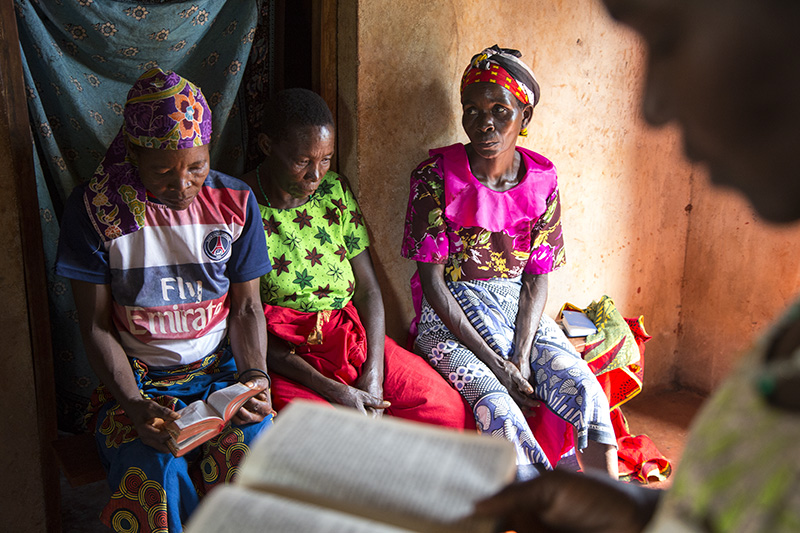
You know you’ve really been welcomed into a person’s life when you are allowed to get so close to a person you can easily reach out and touch them. A wide-angle lens is a beautiful way to convey intimacy and capture the connection between people. By their very nature these lenses allow photographers to work in very tight quarters, heighten the relationship between the foreground and background, and allow the viewer to feel as they have a ringside seat to the captured moment.
Out of respect I make it a point to try and capture people as true as possible to the way the human eye takes in information. I remain mindful of wide-angle distortion and how they enlarge what is closest to the lens. I make sure that any person captured close to my camera remains on the same focal plane so that any distortion is imperceptible.
Use Angles that Promote a Feeling of Equality
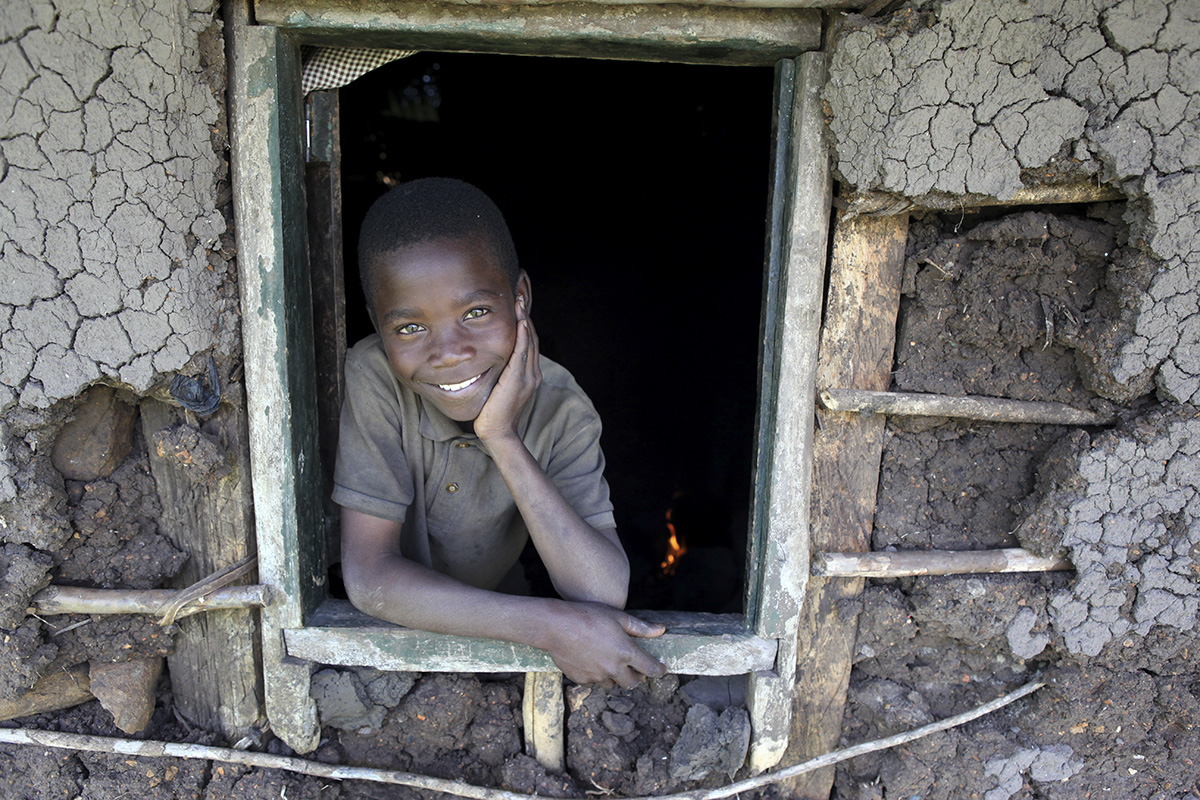
How we aim our camera has a huge effect in how an audience views a person. When we photograph from above we can create a sense on looking down on someone. When we photograph from below we foster a sense of admiration and looking up to a person.
There is no shortage of stereotypes of what it means to live in poverty. With my images I want people to feel a sense of connection and equal footing. For this reason I try to photograph portraits either at eye level or slightly below a person. In this way I strive to convey a sense of equality between the viewer and the viewed.
